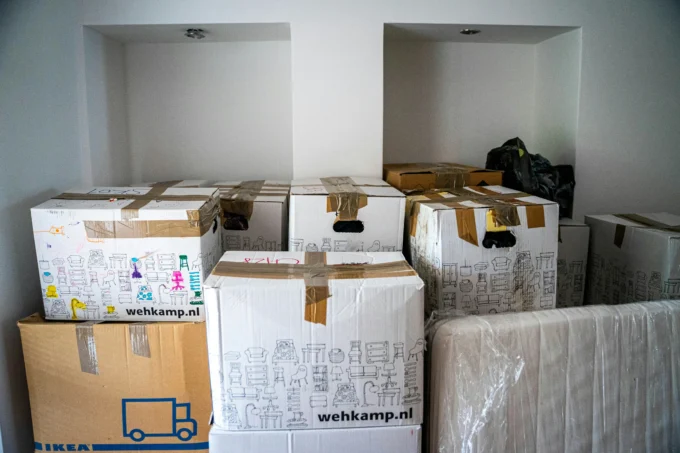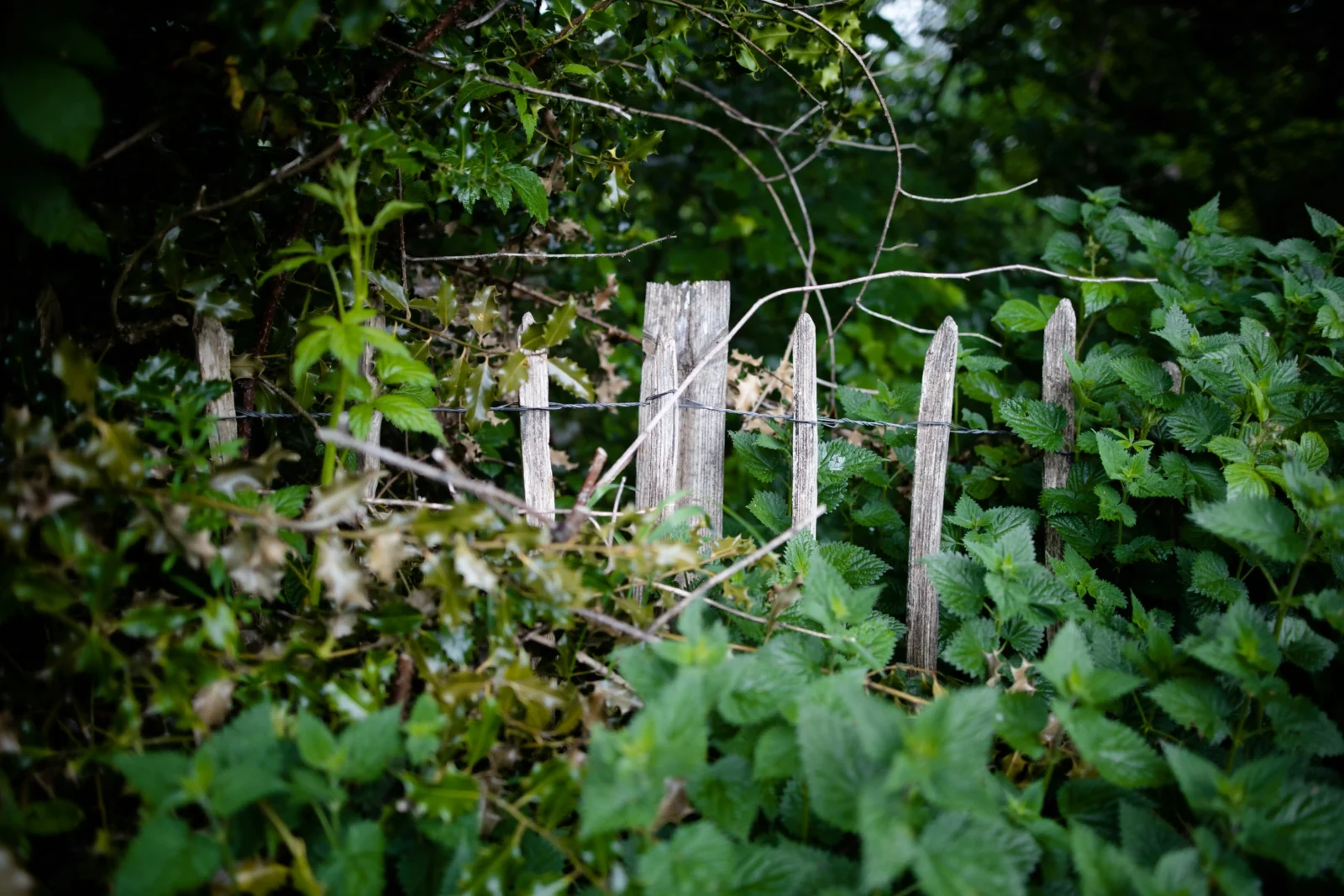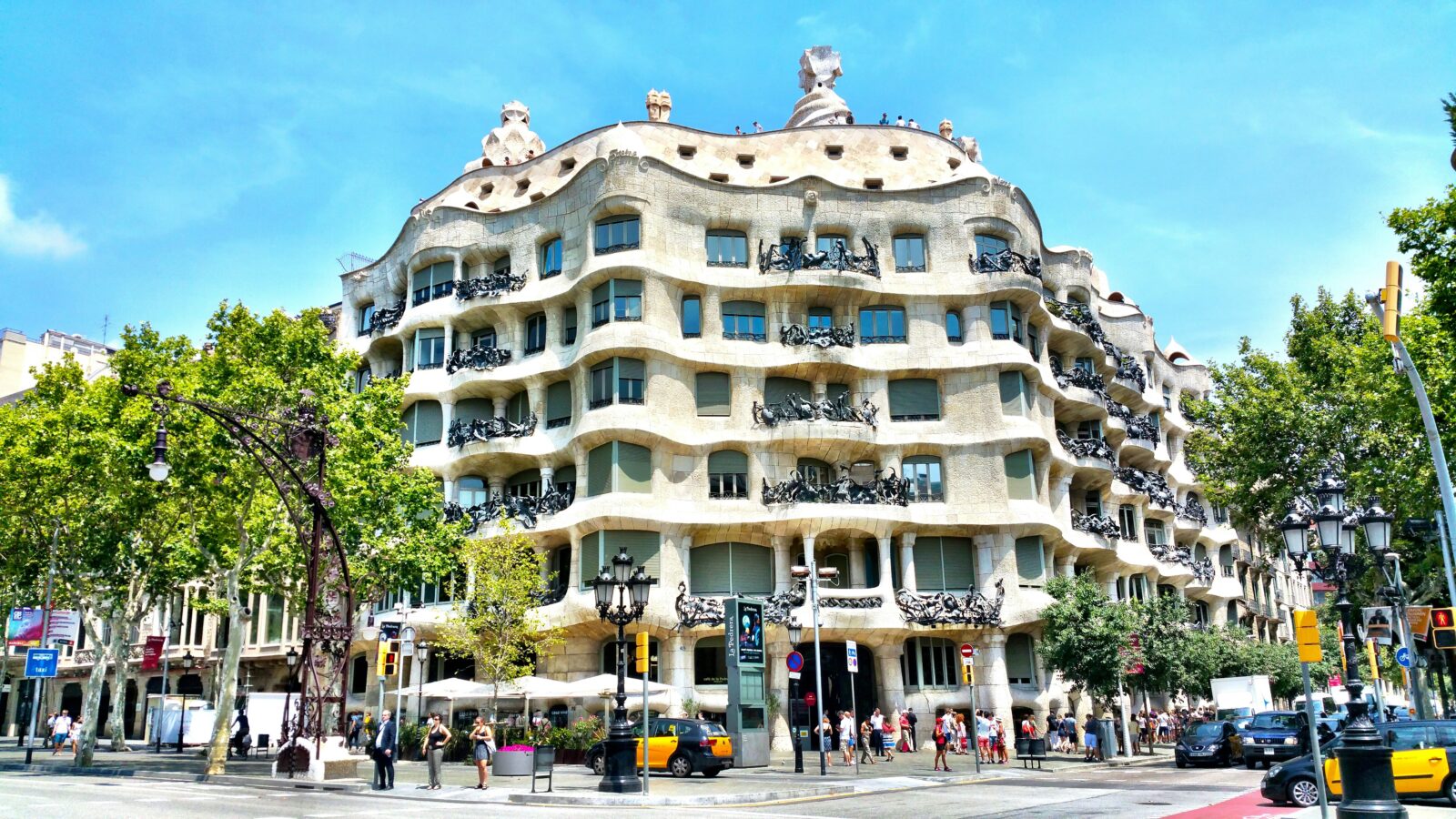- Home
- Articles
- Architectural Portfolio
- Architectral Presentation
- Inspirational Stories
- Architecture News
- Visualization
- BIM Industry
- Facade Design
- Parametric Design
- Career
- Landscape Architecture
- Construction
- Artificial Intelligence
- Sketching
- Design Softwares
- Diagrams
- Writing
- Architectural Tips
- Sustainability
- Courses
- Concept
- Technology
- History & Heritage
- Future of Architecture
- Guides & How-To
- Art & Culture
- Projects
- Interior Design
- Competitions
- Jobs
- Store
- Tools
- More
- Home
- Articles
- Architectural Portfolio
- Architectral Presentation
- Inspirational Stories
- Architecture News
- Visualization
- BIM Industry
- Facade Design
- Parametric Design
- Career
- Landscape Architecture
- Construction
- Artificial Intelligence
- Sketching
- Design Softwares
- Diagrams
- Writing
- Architectural Tips
- Sustainability
- Courses
- Concept
- Technology
- History & Heritage
- Future of Architecture
- Guides & How-To
- Art & Culture
- Projects
- Interior Design
- Competitions
- Jobs
- Store
- Tools
- More
Essential Space Planning in Architecture: Key Principles for Functional and Aesthetic Design
Explore the vital role of space planning in architecture with our in-depth article. Discover how strategic layout and design enhance functionality and user experiences across various environments. Learn about key principles like flow, accessibility, and natural light, along with techniques and tools for effective planning.

In the world of architecture, space planning is the backbone of effective design. It’s not just about arranging furniture or choosing colors; it’s about creating environments that enhance functionality and elevate experiences. As we dive into this essential aspect of architecture, we’ll explore how thoughtful space planning can transform any setting, from cozy homes to bustling offices.
Understanding the principles of space planning allows us to optimize layouts that meet the needs of users while maintaining aesthetic appeal. By considering factors like flow, accessibility, and natural light, we can create spaces that are not only beautiful but also practical. Join us as we uncover the strategies that make space planning a vital component of successful architectural design.

Table of Contents
ToggleUnderstanding Space Planning in Architecture
Space planning entails organizing and designing spaces to maximize functionality and enhance user experience. This process is crucial in architecture, as it shapes how individuals interact within various environments.

Definition and Importance
Space planning refers to the strategic arrangement of spaces to meet user needs efficiently. It focuses on the interplay between layout, movement, and accessibility. Effective space planning not only optimizes resource utilization but also elevates aesthetic appeal and comfort. It minimizes clutter, allowing for better workflow and interaction, making it essential for both residential and commercial projects.
Key Principles
- Flow: Flow defines how people and objects move through a space. We create a seamless transition between areas by considering pathways and connections, ensuring users experience minimal obstruction.
- Accessibility: Accessibility ensures that spaces accommodate everyone, including individuals with disabilities. We prioritize compliance with regulations and design inclusive layouts to enhance usability.
- Natural Light: Natural light improves mood and productivity. We incorporate windows and light wells strategically to maximize daylight, integrating it into design while minimizing reliance on artificial lighting.
- Functionality: Functionality focuses on how well spaces serve their intended purposes. We design layouts that support activities efficiently, providing adequate space for movement and interaction.
- Zoning: Zoning involves designating areas for specific purposes. We create distinct zones for various activities, such as work, relaxation, and social interaction, thereby enhancing spatial organization.
- Aesthetics: Aesthetics enhance the visual appeal of a space. We utilize color, texture, and materials to create inviting environments, influencing how users feel and engage within the space.
The Role of Space Planning in Design
Space planning significantly impacts both functionality and aesthetics in architectural design, creating spaces that cater to user needs effectively and pleasingly.

Enhancing Functionality
Enhancing functionality relies on strategic space organization. We align areas based on intended uses, ensuring seamless movement within environments. We prioritize essential elements like zoning to separate areas for specific activities. This approach maximizes space usage and ensures users can navigate efficiently. Additionally, we incorporate flexible layouts that adapt to varied needs, supporting changes over time. Features, such as multi-purpose rooms, contribute to this versatility, making spaces work harder without sacrificing comfort.
Aesthetics and User Experience
Aesthetics and user experience hinge on thoughtful design choices. We utilize natural light to elevate the mood and productivity within spaces. Strategic placement of windows and open areas encourages light flow, creating inviting atmospheres. Color schemes, materials, and textures also play vital roles, with harmonious selections enhancing visual appeal. Furthermore, we consider furniture placement and design to promote comfort and accessibility, leading to positive experiences. Ultimately, prioritizing aesthetics alongside functionality cultivates environments that resonate with users, fostering satisfaction and engagement.
Techniques and Tools for Space Planning
Effective space planning combines innovative techniques and specific tools, enabling architects to create functional and aesthetically pleasing environments.

Software Solutions
Architects often leverage software solutions for space planning to enhance precision and efficiency. Popular tools include:
- AutoCAD: A leading software for drafting precise plans, providing extensive libraries for furniture and fixtures.
- RoomSketcher: A versatile tool for creating floor plans and layouts, enabling easy adjustments and visualizations.
- SketchUp: A user-friendly 3D modeling tool that enables rapid visualization of spaces and layouts.
- Revit: Especially useful for Building Information Modeling (BIM), allowing us to design with integrated information for improved collaboration.
- Morpholio Trace: An app for sketching and drawing directly over photographs or plans, ideal for real-time modifications.
These solutions streamline the planning process, offering valuable insights into space utilization and user interaction.
Manual Planning Methods
Manual planning methods also play a crucial role in space planning, ensuring a hands-on approach to design. Key techniques include:
- Bubble Diagrams: We create bubble diagrams to illustrate relationships between various spaces, facilitating an understanding of flow and zoning.
- Sketching: Quick sketches help visualize ideas, enabling rapid iteration and exploration of design concepts.
- Physical Models: Building physical models promotes a tactile understanding of space, allowing for adjustments based on actual proportions and scale.
- Scaled Drawings: We use scaled drawings to represent dimensions accurately, ensuring precise layout and augmentation of practical elements.
- Post-It Note Layouts: This flexible method involves using sticky notes to mock up furniture and space arrangements on a wall or board, encouraging collaborative brainstorming.
These methods foster creativity and adaptability, complementing our use of software solutions in effective space planning.
Challenges in Space Planning
Space planning faces several obstacles that can hinder the design process and overall effectiveness. Understanding these challenges enables us to improve our strategies and achieve better outcomes.

Common Obstacles
- Limited Space
Limited space presents a frequent challenge. Small or irregularly shaped areas complicate the arrangement of furniture and essential features.
- User Needs Variation
User needs can vary significantly. Diverse preferences among occupants require adaptable and multifunctional designs.
- Budget Constraints
Budget constraints restrict material choices and spatial configurations. Financial limitations can also affect the use of advanced technology in space planning.
- Regulatory Compliance
Regulatory compliance often impacts space planning. Adhering to local building codes, zoning laws, and accessibility standards can limit design flexibility.
- Inadequate Communication
Inadequate communication among stakeholders can lead to misunderstandings. Collaboration between architects, clients, and end-users is essential for a coherent vision.
Strategies for Overcoming Challenges
- Conduct Thorough Assessments
Conducting thorough assessments of space requirements and user needs supports informed decisions. This ensures the design accommodates all users adequately.
- Utilize 3D Modeling Tools
Utilizing 3D modeling tools simplifies visualization. These tools enhance collaboration and allow stakeholders to see potential layouts clearly.
- Embrace Flexibility in Design
Embracing flexibility in design promotes adaptability. Implementing movable walls or multi-use furniture addresses varying user needs and spatial constraints.
- Prioritize Budget Planning
Prioritizing budget planning facilitates smarter material and technology choices. Our approach should focus on high-impact features that contribute to overall aesthetics and functionality.
- Enhance Communication
Enhancing communication among all stakeholders reduces misunderstandings. Regular meetings and feedback sessions help maintain alignment throughout the design process.
Conclusion
Space planning remains a critical aspect of architecture that influences both functionality and aesthetics. Recognizing its impact on user experiences helps in developing spaces that are not only practical but also visually appealing. Emphasizing principles such as flow, accessibility, and zoning fosters environments that adapt to varying user needs and enhance overall satisfaction.
Utilizing both software tools like AutoCAD and manual methods such as scaled drawings boosts efficiency in space planning. Each technique provides vital insights, guiding us in optimizing layouts and improving user interaction. By addressing the challenges we encounter in space planning through thorough assessments and enhanced communication, we can refine our design strategies and achieve successful outcomes. This comprehensive approach ensures that our spaces effectively serve their intended purposes while offering an enjoyable experience for all users.
- aesthetic design principles
- architectural design principles
- architectural design strategies
- architectural space optimization
- building design strategies
- designing for space efficiency
- effective space management
- efficient space utilization
- functional and aesthetic design
- functional layout architecture
- functional space design
- interior design and space planning
- interior space planning
- layout design in architecture
- principles of space planning
- Space planning in architecture
- space planning techniques
- space utilization in architecture
- spatial planning in architecture
I create and manage digital content for architecture-focused platforms, specializing in blog writing, short-form video editing, visual content production, and social media coordination. With a strong background in project and team management, I bring structure and creativity to every stage of content production. My skills in marketing, visual design, and strategic planning enable me to deliver impactful, brand-aligned results.
Submit your architectural projects
Follow these steps for submission your project. Submission FormLatest Posts
The Ultimate Guide to Fencing in North Dakota: Choosing the Best Fence for Your Property
Watching a chain link fence twist in 70 mph winds near Minot...
Gaudí: Where Architecture Meets Science
Gaudí: Where Architecture Meets Science shows catenary arches, ruled surfaces, and biomimicry...
How Housing Market Forces Shape Architectural Design Today
Architecture never exists in isolation. Buildings rise from a mix of ambition,...
Why Portable Formaldehyde Gas Detectors Matter on Construction Sites
As construction practices shift toward more enclosed and material-intensive environments, the risk...












Leave a comment